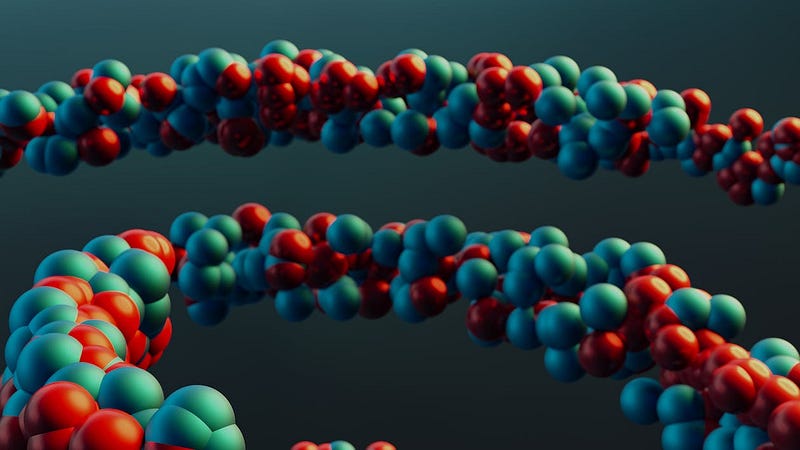Molecular homology is a fascinating concept that has a lot to offer to understand the relationship between different genes and their functions.
In this blog, we will unravel the mysteries of molecular homology, from what it is to how it is used in scientific research and analysis. We will also learn about the different molecular homologies and the significance of this concept in science.
What is Molecular Homology?
Molecular homology is the similarity in gene sequences of two or more unrelated species. It is also the identical structures and functions of proteins in the species that are strikingly different.
The idea is that if they share common sequences and proteins with similar functions — they are related. Identical nucleotide sequences and molecules represent a common origin and are diversified over time by selection, adaptation, or evolution.
Molecular homology is the concept used to describe the relationship between these related genes and their structural components.
It is molecular homology if the nucleotide sequences from chickens align with the ones in pigs and the ones from houseflies in the snakes — indicating these animals might share a common ancestry.
Based on these homologies, it can be determined when the branching of species began during the evolutionary process.
Types of Molecular Homology
Molecular homology can be divided into two main types: sequence homology and structural homology.
Sequence homology is the similarity between the nucleotide sequences of two or more genes.
Structural homology is the similarity between two or more protein structures with identical functions from the same or different species. The gene sequence coding the proteins may/may not share sequence homology.
Examples of Molecular Homologies
About 70% of human genes are homologous to genes found in acorn worms — the eyeless marine worms that usually make their living filtering bits of food out of the water or mud.
The nucleotide sequences of cytochrome c oxidase and the gene for cytochrome b are identical in their nucleotide sequences but function differently.
Another example is the similarity between the structure of two proteins, such as hemoglobin and myoglobin. Both have similar structures and functions, which suggests that they may have evolved from a common ancestor.
Sequence Homology
Sequence homology is the similarity between the nucleotide sequences of two or more genes. It is used to study the evolution of genes and the relationships between them.
Sequence homology is determined by aligning the two sequences and counting the number of nucleotides that are the same in the same position. This process is called sequence alignment. The more nucleotides that are the same, the higher the level of sequence homology.
Molecular Homology Applications
The basic function of molecular homology is to connect knowledge of the molecular activity of genes and proteins (and their parts), with the goal of guiding further experimental inquiry and technological manipulation.
Molecular homology has several applications in biology and evolution.
- It is used in the study of evolutionary patterns and phylogeny.
- It can be used in the development of new drugs. By studying the interactions between different proteins, new potential drug targets and their interactions with other molecules can be identified.
- In the study of diseases, it can identify genes involved in the disease process.
Molecular Homology Tools and Techniques
We can study molecular homology using a variety of tools and techniques. For example, sequence homology is determined using sequence alignment algorithms, such as BLAST or FASTA. They compare the similarity between two sequences and generate a score of alignment using a complex calculation matrix.
Structural homology can be studied using X-ray crystallography and nuclear magnetic resonance spectroscopy. These techniques are used to study proteins and understand how they interact with other biomolecules.
Conclusion
The genetic code itself is a homology that links all life on Earth to a common ancestor.
Molecular homology is or should be the primary concept of relationship when using sequences for the study of relationships between organisms based on molecular data.

